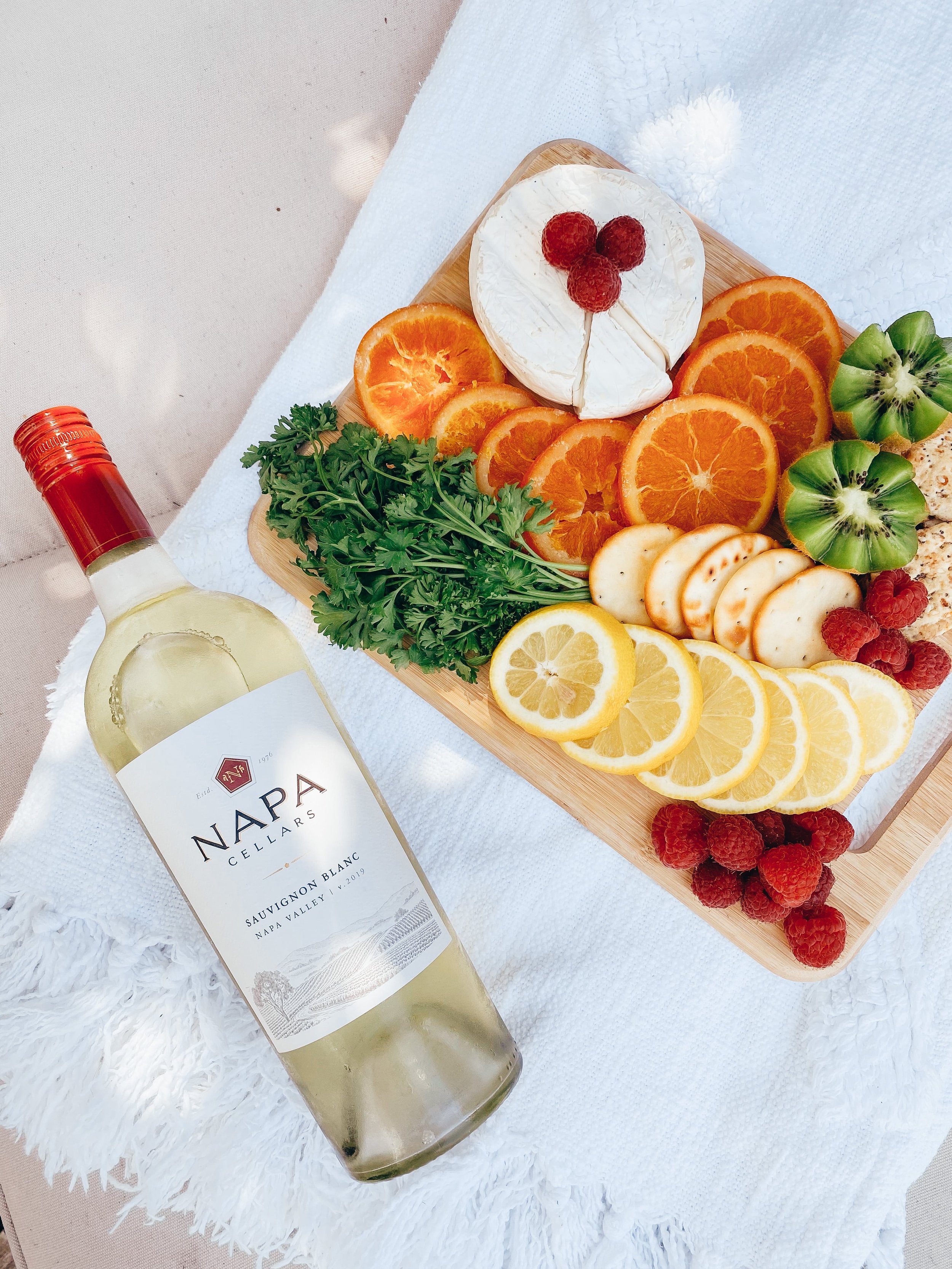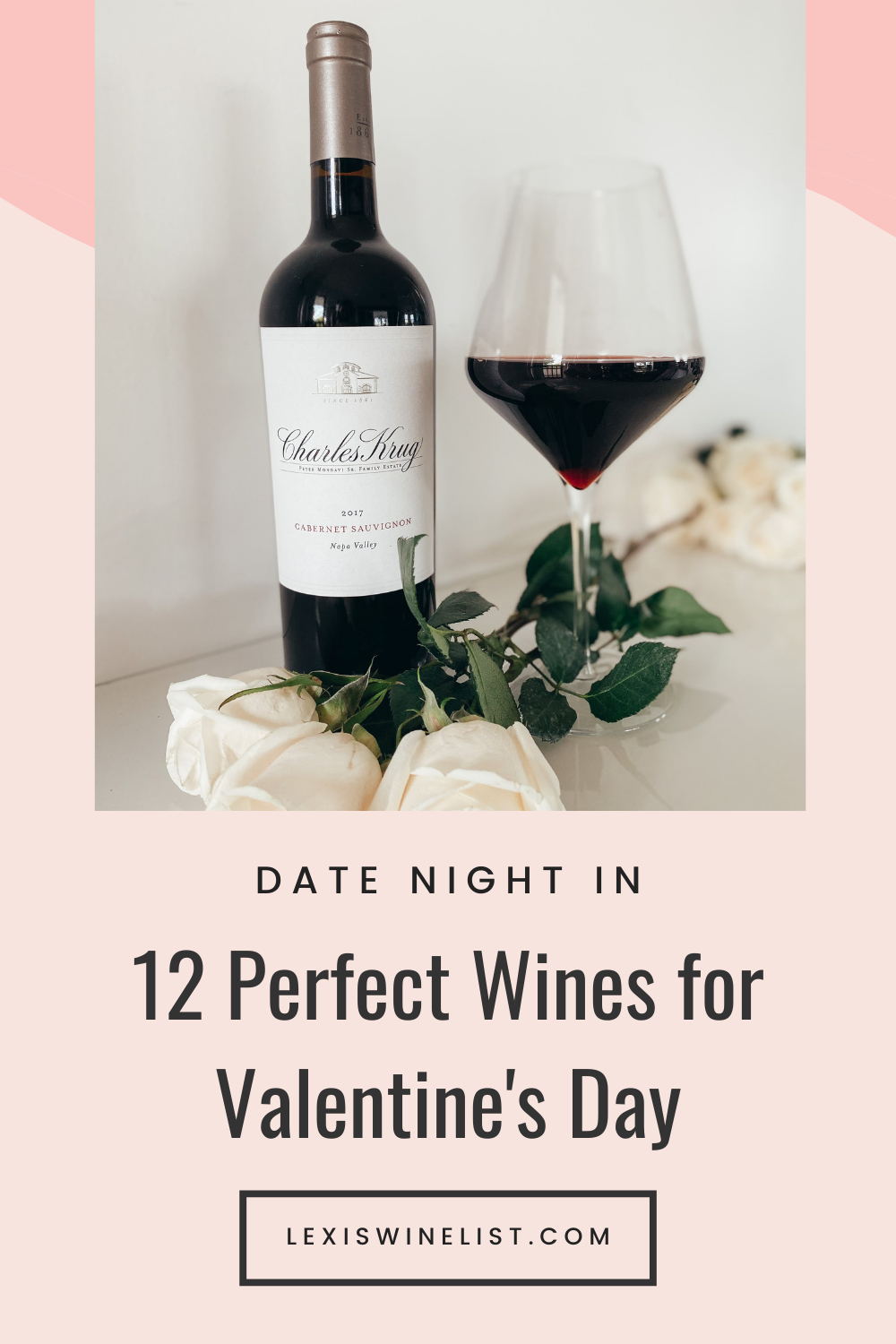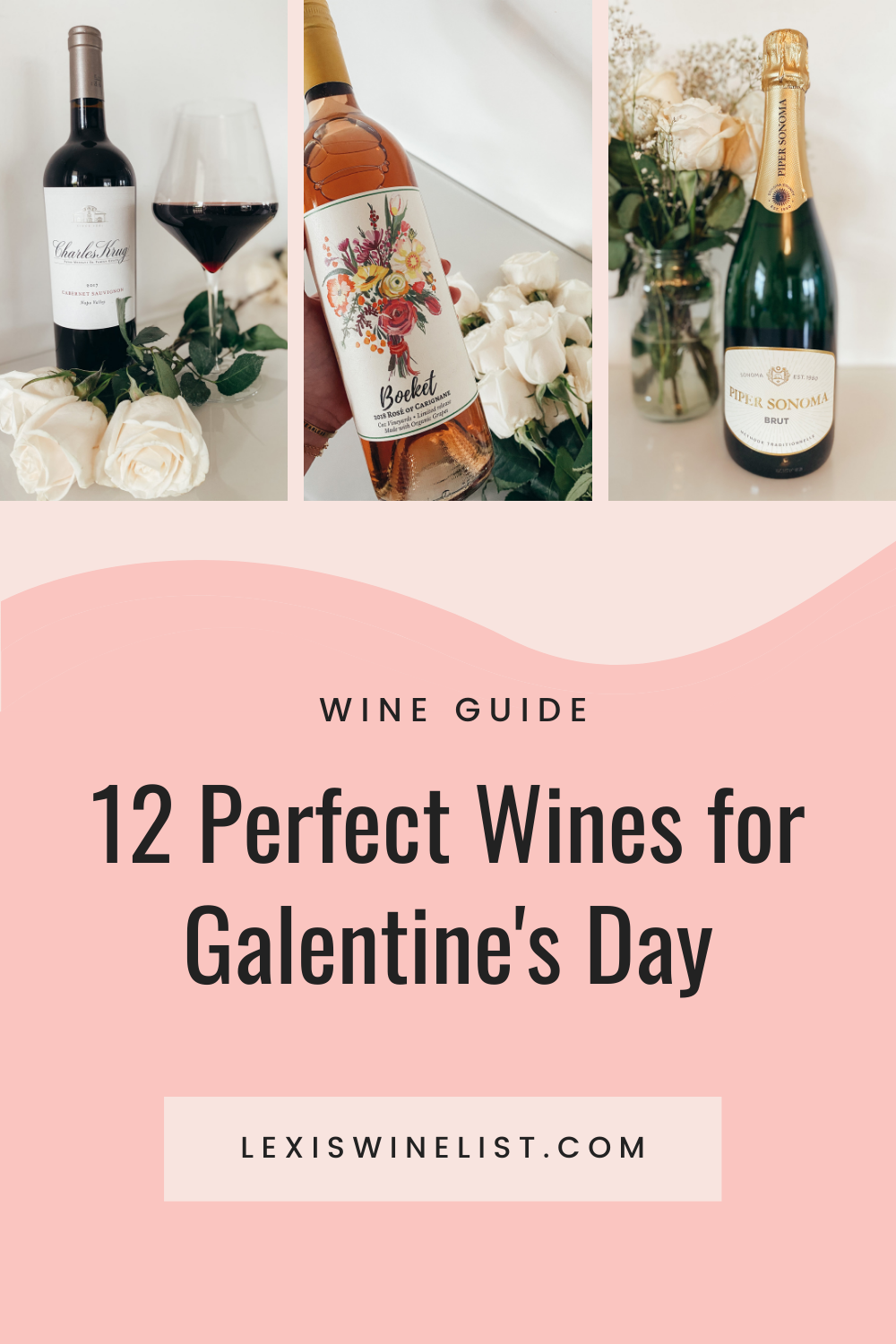Everything You Need to Know about Sauvignon Blanc
Originally from France, most famously Bordeaux and the Loire Valley, Sauvignon Blanc, or “wild white”, has lived up to its namesake and grown wildly popular around the world.
An interesting fact you might not know about Sauvignon Blanc is that it is actually a parent, along with Cabernet Franc, of Cabernet Sauvignon. When tasting these three wines you’ll notice a characteristic peppery note coming from the pyrazines, chemical compounds that are also present in green bell peppers and jalapeños.
But I’m confident it's not the greenness of Sauvignon Blanc that made this wine so popular. Depending on where its grown, Sauv Blancs can be fruity, zesty, and refreshing. Most expressions of the grape have notes of citrus, green fruits, and sometimes even tropical fruits. With its light body, thirst-quenching acidity, and aromatics, Sauvignon Blanc is a crowd pleaser wine.
Not only is the wine delicious on its own, but Sauvignon Blanc is one of the most food-friendly wines - perfect for dinner parties and springtime get-togethers.
This guide outlines everything you need to know about the Sauvignon Blanc grape and its wine, including where it comes from, what it tastes like, how to serve it, what to pair it with, and the best Sauvignon Blanc wines to try.
Everything You Need to Know about Sauvignon Blanc
Disclaimer: This post might make you extremely thirsty. Proceed with caution.
WHERE DOES SAUVIGNON BLANC COME FROM?
It’s unclear whether Sauvignon Blanc first appeared in the Loire Valley or Bordeaux, but either way, it’s believed to have originated somewhere in western France. It was first mentioned in text in the 1500’s, and its name is developed from the French word for “wild”, sauvage, due to how rampantly its vines grew throughout the vineyards.
Sauvignon Blanc was planted in New Zealand in the 1970’s, where it’s now one of the most popular grape varieties.
WHAT DOES SAUVIGNON BLANC TASTE LIKE?
Sometimes cat pee, sometimes fruit.
No but really, there’s a chemical compound in Sauvignon Blanc that causes some expressions to smell like cat pee! Thankfully, there are plenty of other flavors and aromas to mask that, so you likely won’t even notice it in your next glass.
Given Sauvignon Blanc grows all over the world, there is quite a variety of expressions. In cooler climates, you’ll taste more citrus, minerality, and grassy notes. While in warmer climates, you’ll get tropical fruits, stone fruits, and melon. Overall, Sauv Blanc can be described as refreshing, light, and crisp - the quintessential summertime wine.
Sauvignon Blanc is an aromatic variety, meaning as soon as you stick your nose in the glass, the aromas will jump out at you, and you’ll likely pick up some floral or perfumed smells.
Sauv Blancs are typically dry (meaning not sweet) and light-bodied with crisp, mouthwatering acidity. The wine is most often aged in stainless steel, so you most likely won’t get any oaky aromas or tannin extraction here.
Note: There is a popular expression of Sauvignon Blanc called Fumé Blanc which is aged in oak for a creamier, bolder style.
HOW TO SERVE SAUVIGNON BLANC
As it’s a light-bodied white, Sauvignon Blanc benefits from being served at cooler temperatures. Think: between 45-50 degrees F or 7-10 degrees C.
Sauvignon Blanc doesn’t benefit from aging once it’s bottled, so you can keep your bottles for 3-5 years max.
Sauv Blanc wines are perfect served on their own, especially on a warm spring or summer evening, but they pair deliciously with many foods that can help soften the racy acidity and bring out more of the fruit flavors.
WHAT TO PAIR WITH SAUVIGNON BLANC
Let’s start with wine’s best friend: cheese. The best cheese to pair with Sauvignon Blanc is hands down goat cheese. Both originate from the Loire Valley in France, so the combination is just magical. The high acid in the wine works as a palate cleanser to cut through the creaminess of the goat cheese, while the earthy cheese softens the acidity of the wine and brings out more of the fruity notes.
As Sauvignon Blanc is a lighter wine, it pairs best with more delicate fare like seafood, vegetarian foods, or chicken dishes.
With its high acidity, Sauvignon Blanc also works well with high acid foods like citrus-forward salads and sauces. Conversely, the high acidity in the wine also allows it to pair well with creamy or fatty dishes, acting as a palate cleanser between oily bites. Think: fried calamari or creamy pastas.
Due to its characteristic grassiness, Sauvignon Blanc is one of the few wines that can also pair with tough-to-match veggies like asparagus, artichokes, and fresh herbs.
Overall, Sauvignon Blanc pairs best with a picnic in the park on a sunny day or a conversation with friends on a warm summer evening.
NOTABLE REGIONS FOR SAUVIGNON BLANC
Sauvignon Blanc is grown in many wine regions throughout the world. Here are some of the most notable to seek out, depending on the style you prefer.
Sancerre, Loire Valley, France
Key descriptors: Minerality, citrus, white flowers
One of the most popular styles of Sauvignon Blanc, Sancerre is known for its mineral-driven (thanks to a lot of minerals in the soils) wines with characteristic smoky or flinty notes. The wine is vibrant with notes of citrus, white flowers, and herbs.
Pro tip: Sancerre is getting really expensive. If you like a Sancerre-style version of Sauv Blanc, go for Touraine, a region just outside of Sancerre that produces wines with similar characteristics and more bang for your buck.
Pouilly-Fumé, Loire Valley, France
Key descriptors: Smoky, green fruits, slate
Located within France’s Loire Valley, Pouilly-Fumé produces some of the most prestigious Sauvignon Blanc in the world. The limestone and flint soils here are what give the wine its characteristic smokiness (note: fumé translates to “smoky”).
Contrary to many popular styles of Sauvignon Blanc, Pouilly-Fumé is often aged in oak, providing the wine with more body and complexity. Given these factors, this is one of the priciest styles of Sauvy B.
Bordeaux, France
Key descriptors: Sharp, green fruits, citrus
Typically blended with Sémillon and Muscadelle, Sauvignon Blanc adds acidity and an herbal character to a Bordeaux Blanc.
Expressions of Sauvignon Blanc are dry, light, mineral-forward, and have a sharp acidity that benefits from food pairing. Seriously, if you try a Bordeaux Blanc on its own and don’t love it, taste it later with some food and I promise you’ll be a fan.
Sauvignon Blanc-heavy blends from Bordeaux can have notes of white flowers, stone fruits, and sometimes a slight saltiness. When blended with Sémillon, the wine showcases a characteristic waxy texture.
Sauvignon Blanc is also a key player in the dessert wines of Sauternes, deliciously sweet wines made from grapes affected by botrytis. The fungus sucks the moisture from the grapes, leaving behind only the luscious, sugary juices to be fermented into wine. The result is a sweet wine with notes of honey, dried apricots, and butterscotch.
Marlborough, New Zealand
Key descriptors: Grapefruit, passionfruit, grass
Another popular style of Sauvignon Blanc is that of New Zealand. Located on the southern island, Marlborough’s cool maritime climate results in a wine that is fruit-forward and citrussy, with notes of zesty grapefruit, passionfruit, fresh grass, and green melon. The acid is sharp, making it a thirst-quenching sipper. And due to this high acidity, there are often a few grams of residual sugar, which allows the wine to be easily enjoyed without food.
California
Key descriptors: Ripe stone fruits, tropical fruits, citrus
Probably some of the ripest expressions of the grape, California Sauvignon Blancs are aromatic with concentrated fruit notes. The acid tends to be softer than those of cooler winegrowing regions (but still high), lending to a wine that is juicy and refreshing, with notes of ripe stone fruit, citrus, passionfruit, and pineapple.
Chile
Key descriptors: Green herbs, citrus, pepper
Chilean Sauvignon Blancs have a characteristic herbal quality, still light with notes of citrus and green fruits. They are a bit fruiter than French Sauvignon Blancs, but not as fruit-forward as those of California or New Zealand. The peppery note from the pyrazines is often showcased here, allowing the wine to pair well with green veggies or herbaceous dishes.
BEST sauvignon blanc WINES TO TRY
When first tasting Sauvignon Blanc, I encourage you to explore a variety of regions to see how the different terroirs can affect the wine. If you like the grape, you’ll probably end up falling in love with a handful of expressions and seeing how they fit for different occasions.
Here are some of the best Sauvignon Blanc wines to try to get to know this unique grape, along with links to purchase.
Please note: Some of these links are affiliate links, which means if you make a purchase, I may receive a small commission at no extra cost to you. Thank you for your support!
Lucien Crochet Le Chene Marchand Sancerre, Loire Valley, France - $48.99 on wine.com
Domaine Paul Buisse Touraine, Loire Valley, France - $13.99 on wine.com
Dourthe La Grande Cuvee, Bordeaux, France - $17.99 on wine.com
White Haven Sauvignon Blanc, Marlborough, New Zealand - $17.99 on wine.com
Maui Sauvignon Blanc, Canterbury, New Zealand - $16.99 on wine.com
Turnbull Sauvignon Blanc, Oakville, Napa Valley, CA - $24.99 on wine.com
Sutro Sauvignon Blanc, Alexander Valley, CA - $35 on winery website
Azur Sauvignon Blanc, Napa Valley, CA - $38 on winery website
Veramonte Sauvignon Blanc, Casablanca Valley, Chile - $10.99 on wine.com
I hope this post inspires you to get out there and try some different styles of Sauvignon Blanc! Once you start exploring the many regions of this beloved grape, it’s easy to nerd out.
If you enjoyed this post, you might also like this one about orange wine.
And if you would like to learn more about wine, be sure to join our Wine Tasting Club that allows you to connect with wine lovers around the world and be a part of at least two virtual wine tastings per month (plus so many more perks)! Or check out our upcoming virtual and in-person wine tasting events here.
Ready to further your wine education? Enroll in a WSET class today and use code LexiStephens for a discount.






